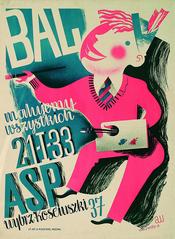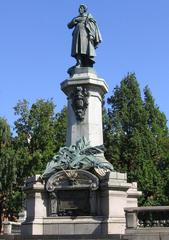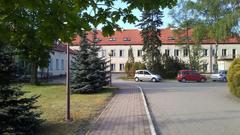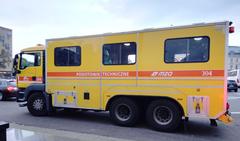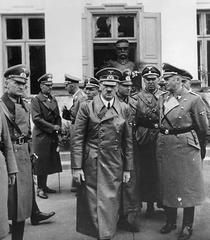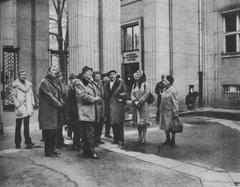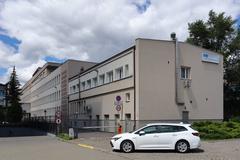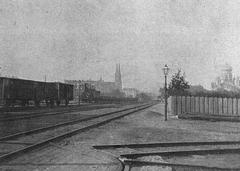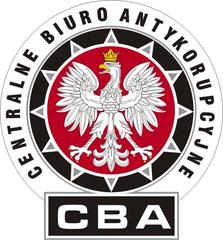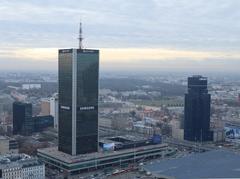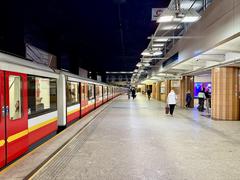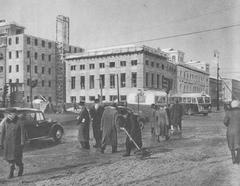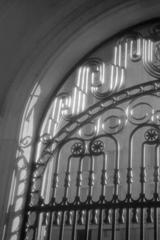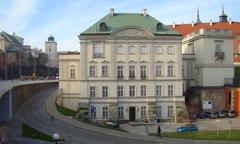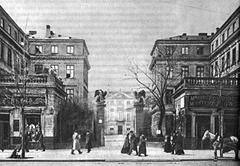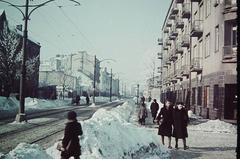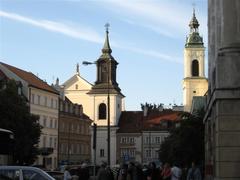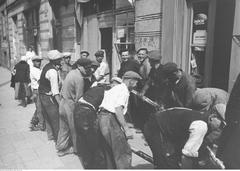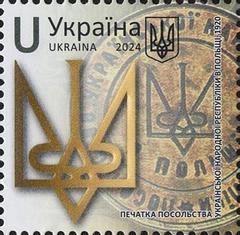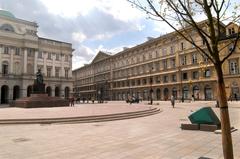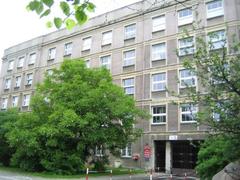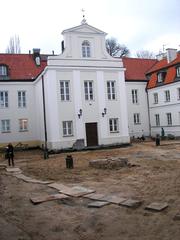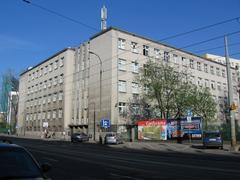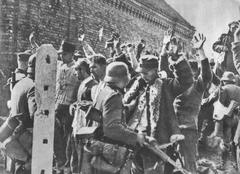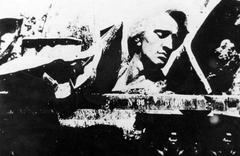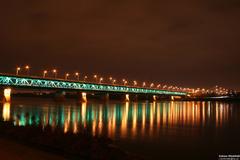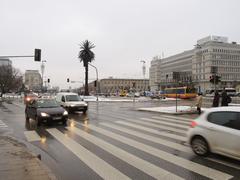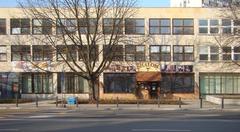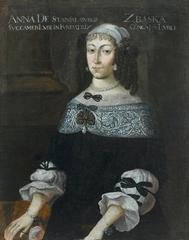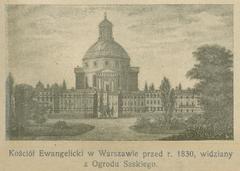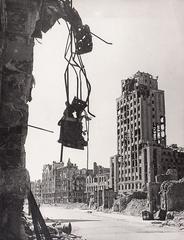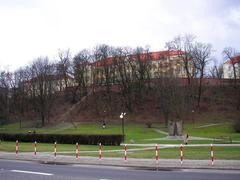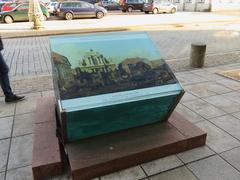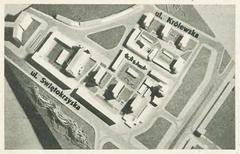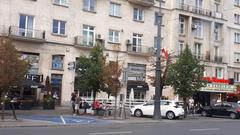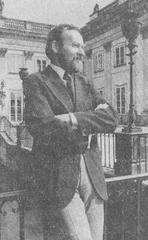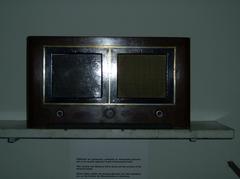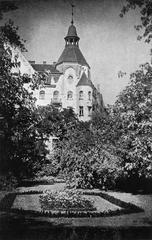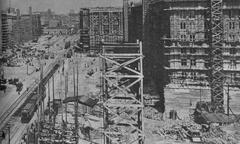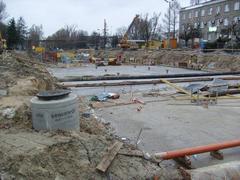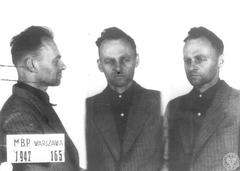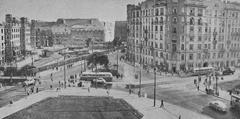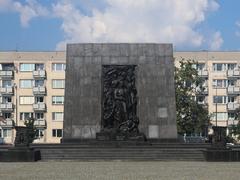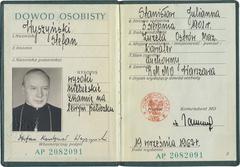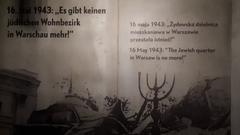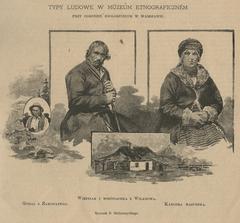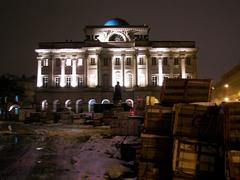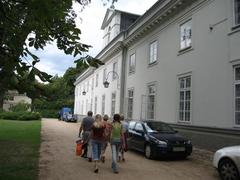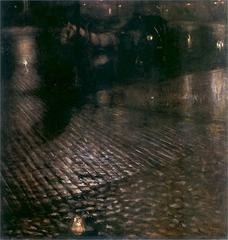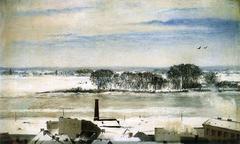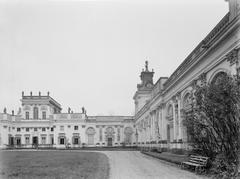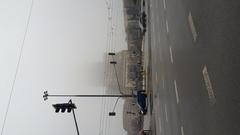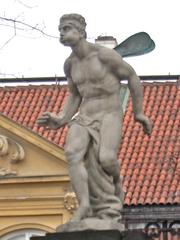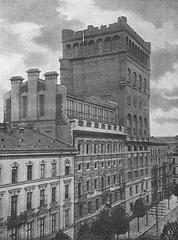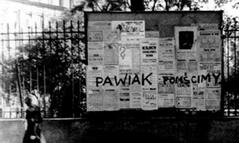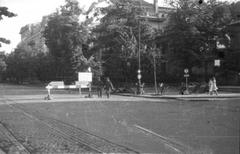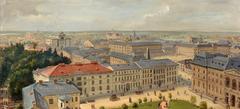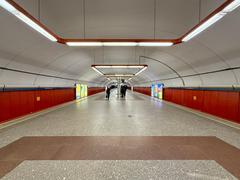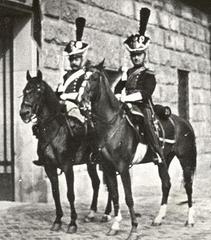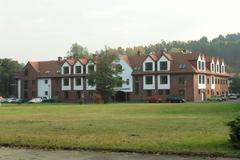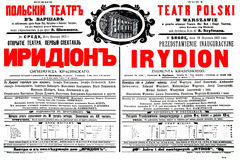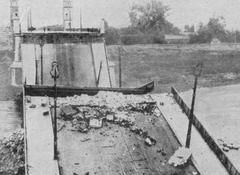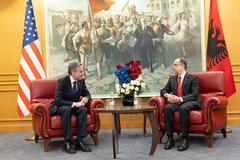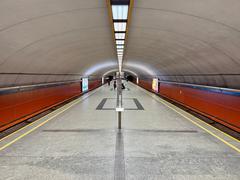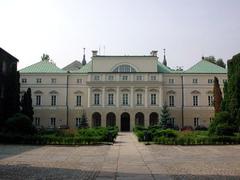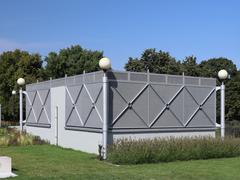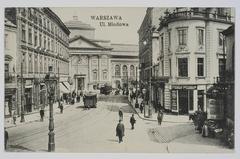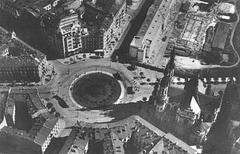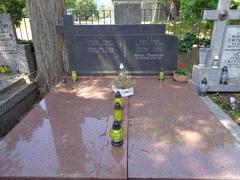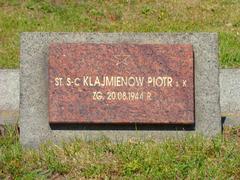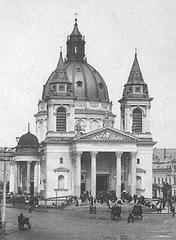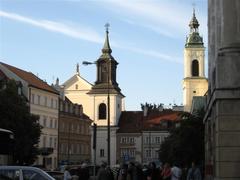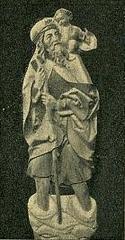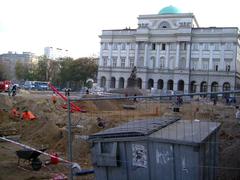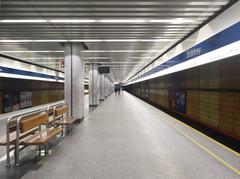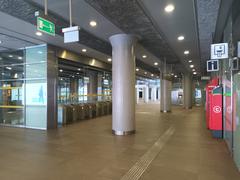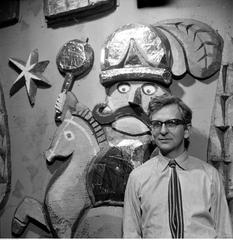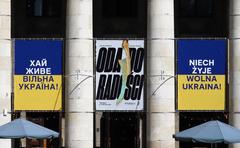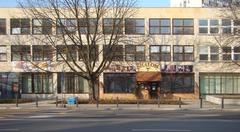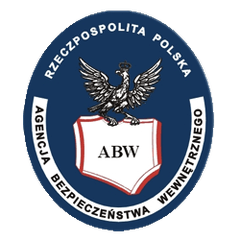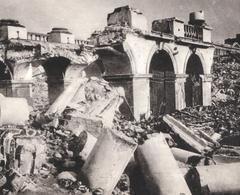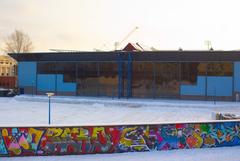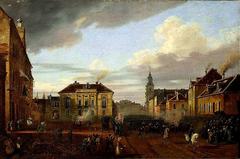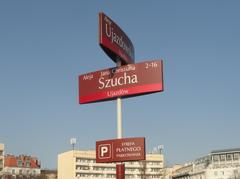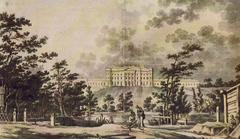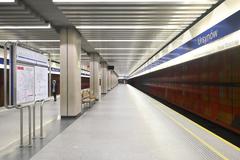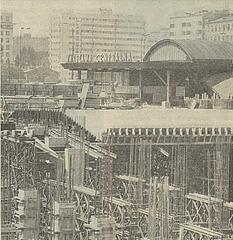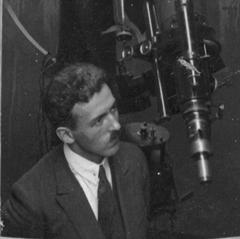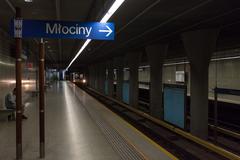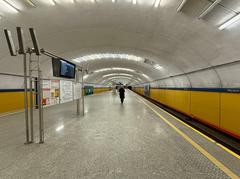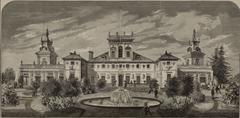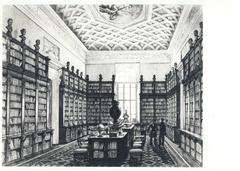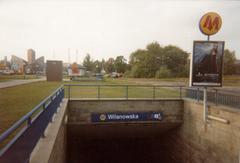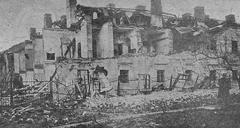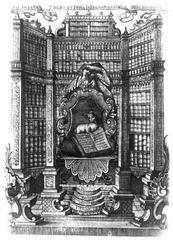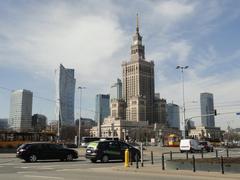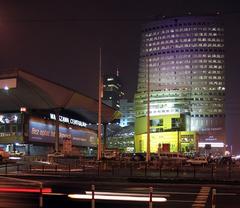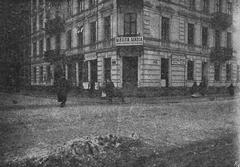
Comprehensive Guide to Visiting the Museum of Independence, Warsaw, Poland
Date: 17/08/2024
Introduction
The Museum of Independence in Warsaw, Poland, stands as a monumental testament to the nation’s rich and tumultuous history. Established in 1990, shortly after the fall of communism in Eastern Europe, the museum was part of a broader effort to reclaim and preserve Poland’s national identity and historical memory. Housed in the historic Przebendowski Palace, an 18th-century Baroque-style building, the museum itself is a reflection of Poland’s rich architectural and cultural heritage. This guide will provide an in-depth look into the museum’s origins, key exhibits, visitor information, and essential tips to maximize your experience. Whether you’re a history enthusiast or a casual tourist, the Museum of Independence offers a poignant and educational journey through Poland’s struggles and triumphs. More detailed information can be found on the Warsaw Uprising Museum and Museum of Independence websites.
Table of Contents
History of the Museum
Origins and Establishment
The Museum of Independence in Warsaw was established in 1990, shortly after the fall of communism in Eastern Europe. The museum’s creation was part of a broader effort to reclaim and preserve Poland’s national identity and historical memory, which had been suppressed during decades of communist rule. The museum is housed in the historic Przebendowski Palace, a Baroque-style building dating back to the 18th century. This location itself is a testament to Poland’s rich architectural and cultural heritage.
Historical Significance
The Museum of Independence serves as a crucial repository of Poland’s struggle for sovereignty and self-determination. It focuses on various periods of Polish history, particularly those marked by efforts to regain independence. The museum’s exhibits cover significant events such as the partitions of Poland in the late 18th century, the uprisings of the 19th century, World War I, the interwar period, World War II, and the post-war resistance against communist rule.
Key Exhibits and Collections
The Partitions of Poland
One of the museum’s primary exhibits focuses on the partitions of Poland, which occurred in three stages between 1772 and 1795. These partitions, carried out by the neighboring powers of Russia, Prussia, and Austria, effectively erased Poland from the map of Europe for over a century. The exhibit includes maps, documents, and personal artifacts that illustrate the impact of these partitions on Polish society and the subsequent efforts to restore the nation’s independence.
19th Century Uprisings
The museum also features extensive exhibits on the 19th-century uprisings, including the November Uprising of 1830-1831 and the January Uprising of 1863-1864. These revolts were significant attempts by the Polish people to overthrow foreign rule and re-establish an independent Polish state. The exhibits include weapons, uniforms, and personal letters from participants, providing a vivid portrayal of the bravery and determination of those involved.
World War I and the Rebirth of Poland
The section dedicated to World War I highlights Poland’s role in the conflict and the eventual re-establishment of the Polish state in 1918. This period, known as the Second Polish Republic, marked the first time in over a century that Poland was recognized as an independent nation. The museum’s collection includes military artifacts, photographs, and documents from this era, illustrating the challenges and triumphs of the newly reborn state.
World War II and the Resistance
A significant portion of the museum is devoted to World War II and the Polish resistance against Nazi occupation. This includes the Warsaw Uprising of 1944, one of the most heroic and tragic episodes in Polish history. The museum’s exhibits feature personal belongings of resistance fighters, including uniforms, weapons, and everyday items such as letters and photographs. Interactive displays allow visitors to engage with history through survivor accounts, historical footage, and simulations of key moments from the uprising. More information can be found on the Warsaw Uprising Museum website.
Post-War Resistance and the Fall of Communism
The museum also covers the post-war period, focusing on the resistance against communist rule and the eventual fall of communism in 1989. This section includes artifacts from the Solidarity movement, which played a crucial role in ending communist rule in Poland. Visitors can see banners, posters, and other memorabilia from this period, providing insight into the struggle for freedom and democracy.
Visitor Tips
Location and Accessibility
The Museum of Independence is located at Aleja Solidarności 62, in the heart of Warsaw. It is easily accessible by public transportation, with several bus and tram lines stopping nearby. The museum is also within walking distance of the Old Town, making it a convenient stop for tourists exploring the city’s historic center.
Opening Hours and Admission
The museum is open from Tuesday to Sunday, from 10 AM to 6 PM. It is closed on Mondays and certain holidays, so it is advisable to check the museum’s website for specific holiday hours. Admission fees are reasonable, with regular tickets priced at 25 PLN and reduced tickets available for students and seniors at 15 PLN. Children under 7 can enter for free, and there are also family tickets available for larger groups. For more detailed information, refer to the Museum of Independence website.
Guided Tours and Educational Programs
For a more in-depth experience, visitors can opt for guided tours, which are available in both Polish and English. These tours provide detailed explanations of the exhibits and offer additional context and insights into Poland’s history. The museum also offers educational programs for school groups, making it an excellent destination for educational trips.
Additional Resources
For those interested in further exploring Poland’s history, the museum’s library and archives offer a wealth of resources, including books, documents, and photographs. Researchers and history enthusiasts can access these materials by appointment, providing an opportunity to delve deeper into the nation’s past.
FAQ
Q: What are the museum’s opening hours?
A: The museum is open from Tuesday to Sunday, from 10 AM to 6 PM. It is closed on Mondays and certain holidays.
Q: How much are the tickets?
A: Regular tickets are priced at 25 PLN, reduced tickets for students and seniors are 15 PLN, and children under 7 can enter for free.
Q: Is the museum accessible by public transportation?
A: Yes, the museum is easily accessible by several bus and tram lines.
Q: Are guided tours available?
A: Yes, guided tours are available in both Polish and English.
Conclusion
The Museum of Independence in Warsaw is a crucial institution for understanding Poland’s complex and often tumultuous history. Its exhibits provide a comprehensive overview of the nation’s struggles and triumphs, offering visitors a poignant and educational experience. Whether you are a history enthusiast or a casual tourist, a visit to this museum is sure to leave a lasting impression. For more information, visit the Museum of Independence website.
References
- Cold War Sites, 2023, Author Museum of Independence Warsaw
- Nomadic Matt, 2023, Author Warsaw
- Poland Insiders, 2023, Author Best Museums in Warsaw
- Warsaw Uprising Museum, 2023, Author Warsaw Uprising Museum


